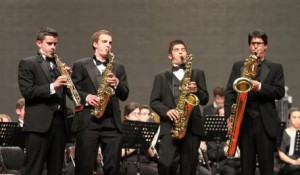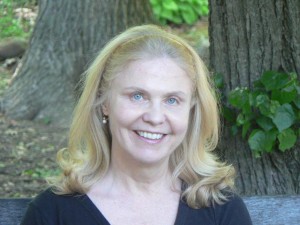From Friday 2 PM to Saturday 2 PM (EST), broadcaster Marvin Rosen will be hosting “Viva 21st Century,” a marathon of recent classical music on Princeton’s WPRB 103.3 FM (also on the web at www.wprb.com). The broadcast will include over eighty composers.
Marvin has informed me that my “Gilgamesh Suite EP” (out now on BandCamp) will be featured sometime between 7 and 9 PM on Friday.
More details below.
Viva 21st Century
Classical Discoveries will present the 10th Annual program and the 6th 24-Hour Marathon totally devoted to music composed in the 21st century.
VIVA 21ST CENTURY – INTERNATIONAL EDITION
24-HOUR LIVE WPRB RADIO BROADCAST with Marvin Rosen
starts: Friday, December 28, 2012 – 2:00pm
ends: Saturday, December 29, 2012 – 2:00pm.
Approximately 80 composers will have their works aired during this marathon.
Milosz Bembinow, Thomas Blomenkamp, Sylvie Bodorova,Christian Carey, Jennifer Castellano, Daniel Dorff, Hugues Dufourt, Rosemary Duxbury, Ivan Erod, Vladimir Godar, Ola Gjeilo, Jennifer Higdon, Matthew Hindson, Mary Ann Joyce-Walter, Lei Liang, Michel Lysight, Peter Machajdik, Franco Antonio Mirenzi, Andrew Rudin, Carl Ruttl, Somei Satoh, Ravi Shankar, Ylva Skog, Allan Stephenson, John Tavener, Giel Vleggaar, Joelle Wallach and many, many others.
For Internet listeners link to excellent Time Zone Converter: http://
Facebook event page here: RSVP and invite your friends!







